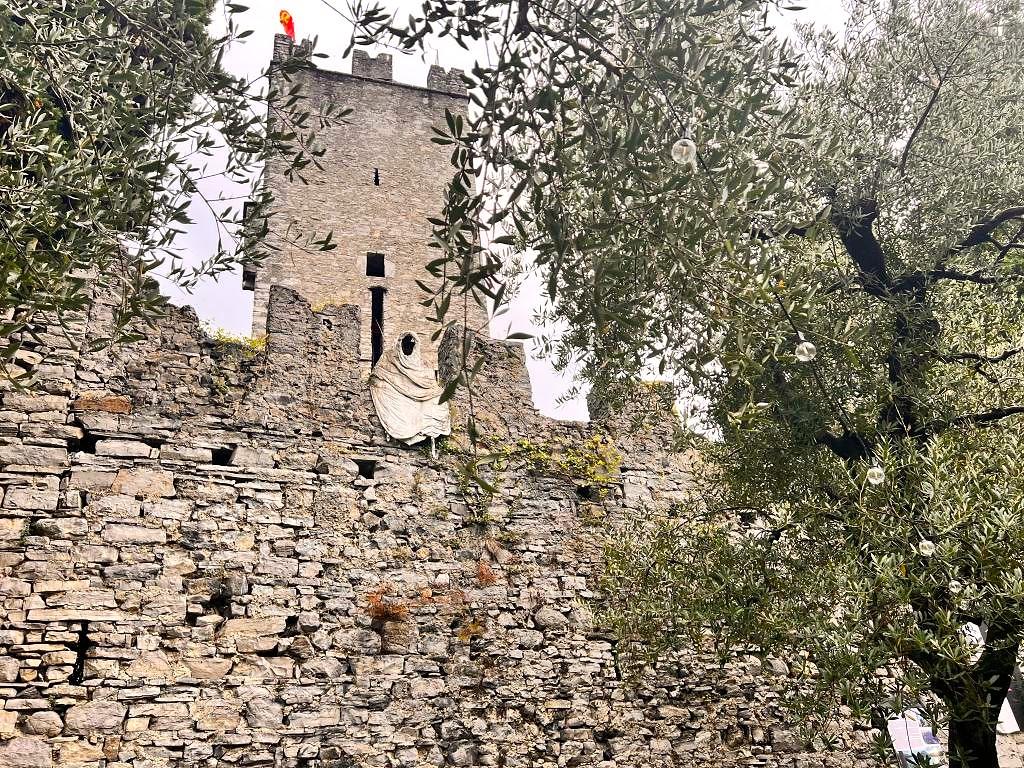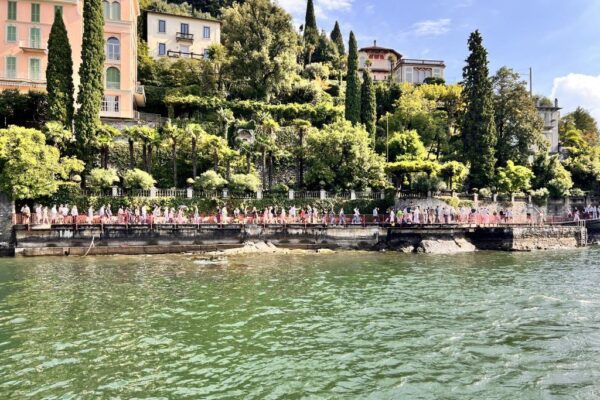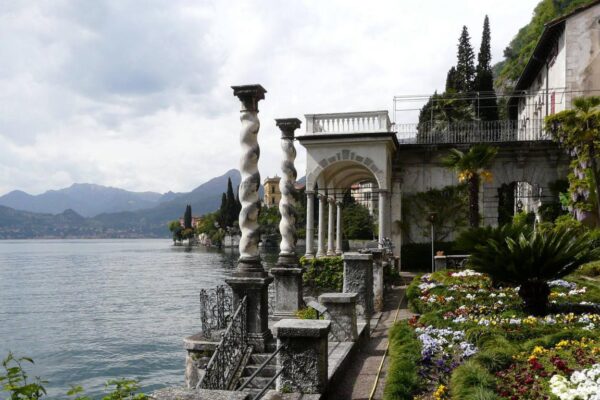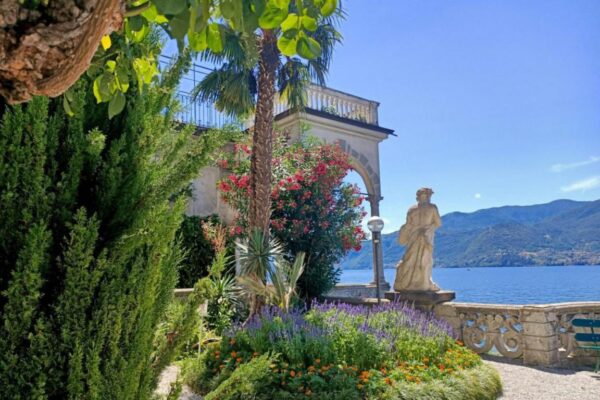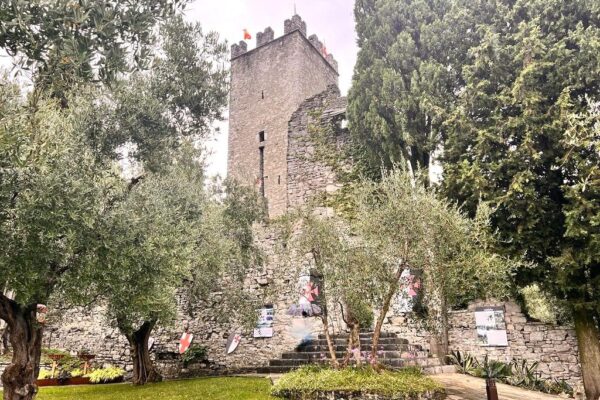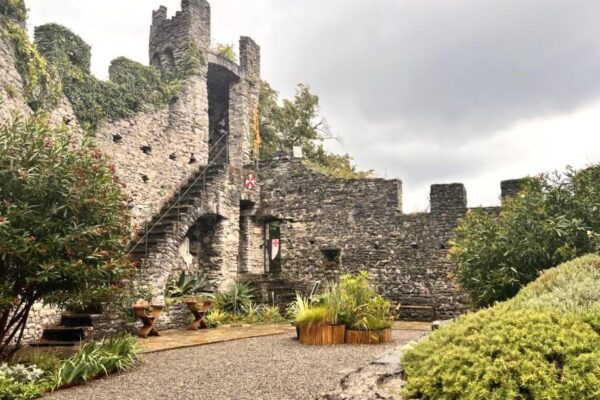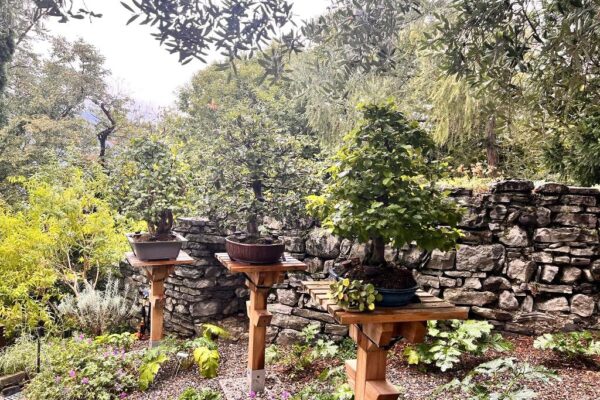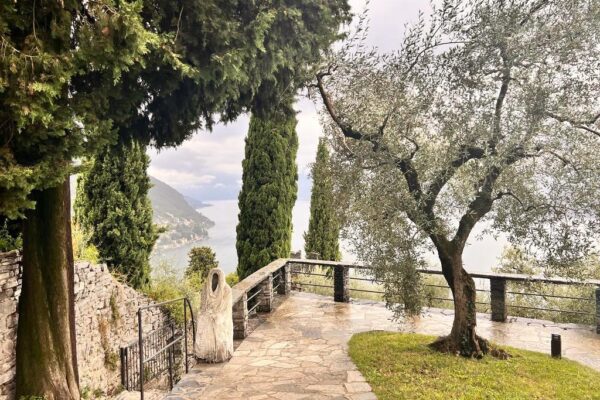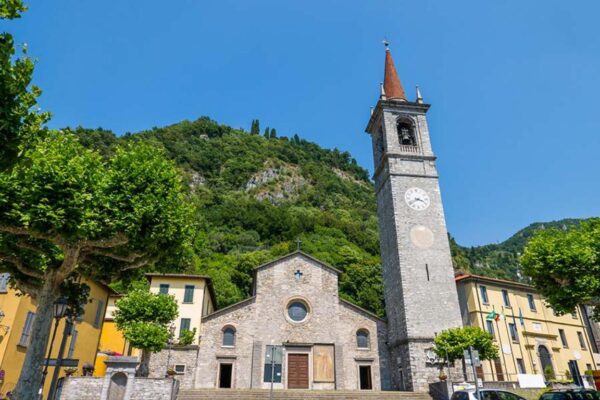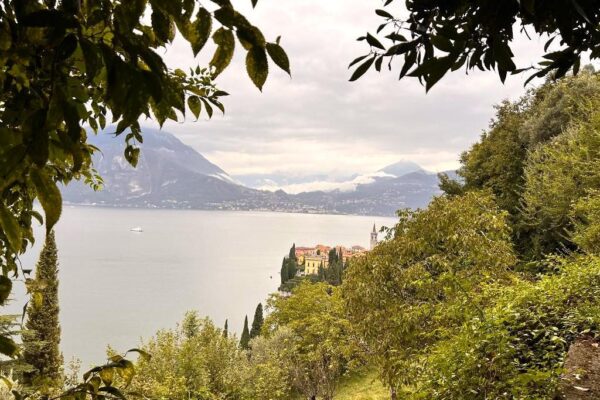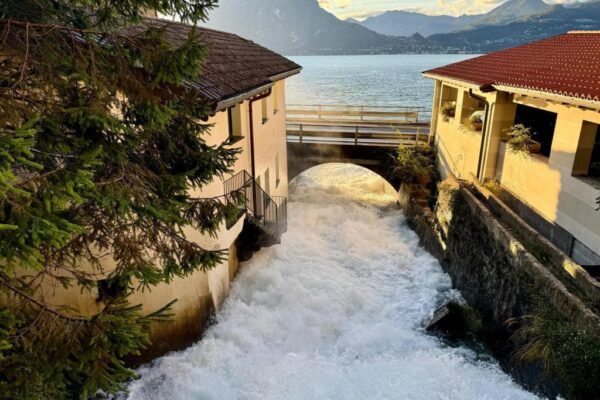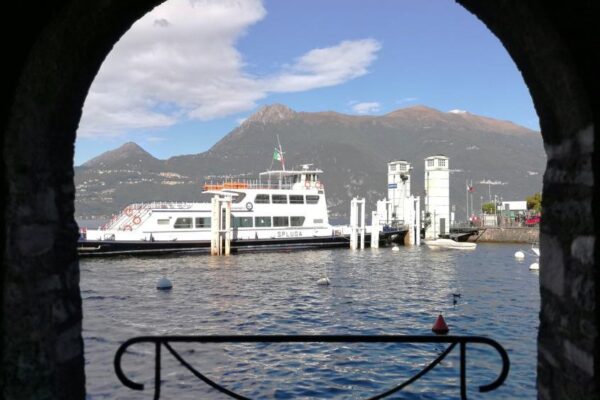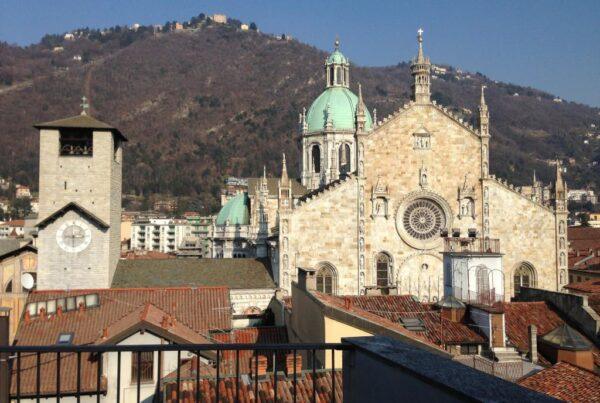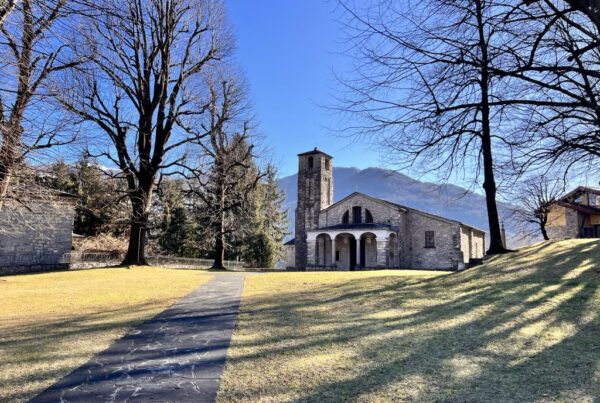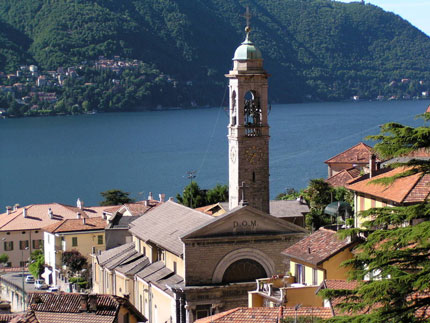Things to See in Varenna: The Ultimate Guide for an Unforgettable Visit
Varenna, one of the gems of Lake Como, enchants visitors with its romantic atmosphere, stunning views, and rich history. If you’re planning a visit, here are the must-see attractions you can’t miss.
-
Lover’s Walk (Passeggiata degli Innamorati)
Start your exploration with the Lover’s Walk, a romantic lakeside pathway connecting the train station to the historic center.
- What to Expect: A walkway suspended over the lake, surrounded by vibrant colors and picturesque views — ideal for stunning photos and moments of relaxation.
- Tip: Enjoy the walk at sunset for an even more magical atmosphere.
-
Villa Monastero
Villa Monastero is an iconic landmark in Varenna, offering a blend of history, art, and nature.
- Botanical Gardens: These beautifully landscaped gardens stretch for nearly 2 kilometers along the lake and are filled with rare and exotic plants.
- Historic Interiors: Once a monastery, the villa now serves as a museum showcasing period furnishings and decor.
- Useful Info: Open year-round; check seasonal hours and take advantage of guided tours.
-
Castello di Vezio
Perched above Varenna, Castello di Vezio offers an unmatched panoramic view of Lake Como.
- What to See: Explore the underground chambers, climb the furnished tower, and stroll among the iconic ghost statues in the gardens.
- Exhibits: A permanent exhibit dedicated to the Lariosaurus, a prehistoric creature associated with Lake Como, adds a unique touch to your visit. The castle also hosts temporary contemporary art exhibitions.
- Tip: The climb is a bit strenuous, but the view and experience are worth it!
Castello di Vezio’s Garden
Recently, the castle’s garden has undergone restoration to promote biodiversity and preserve the local botanical heritage.
- Features: A Mediterranean botanical garden with wildflower meadows and experimental areas featuring aromatic and ornamental plants.
- Sustainability: The garden emphasizes eco-friendliness, using efficient irrigation practices and avoiding pesticides. Bug hotels and pollinator-friendly plants support local wildlife.
- Unique Flora: You’ll find tillandsias, succulents, water lilies, carnivorous plants, and more.
- Contrast in Vegetation: On the north-facing side, alpine vegetation thrives with chestnuts, hazelnuts, firs, and larches. The lake-facing side, influenced by Lake Como’s temperate microclimate, features Mediterranean plants like olive trees, agaves, rosemary, palms, and succulents.
- Highlight: The olive grove is among the northernmost in the world, producing high-quality extra-virgin olive oil.
-
Church of San Giorgio
Located in the main square, the Church of San Giorgio is a fine example of Lombard Romanesque architecture.
- Highlights: Admire the 14th-century frescoes and the bell tower that overlooks the village.
- Atmosphere: The surrounding square is perfect for relaxing and people-watching.
-
Sentiero del Viandante
For hiking enthusiasts, the Sentiero del Viandante offers a breathtaking trail through stunning landscapes.
- The Route: This historic path connects several villages along Lake Como, with sections suitable for different skill levels.
- Starting Point: Begin your hike in Varenna and choose from short or challenging segments.
- Tip: Bring a camera to capture the spectacular views.
-
Fiumelatte Beach and Spring
Just a short walk from Varenna is the Fiumelatte, Italy’s shortest river at only 250 meters.
- Unique Feature: Its name comes from the milky-white color of the water, visible only from spring to summer.
- Recommended Walk: A brief nature trail leads to the river’s source.
-
Food and Shopping in Varenna
- What to Try: Taste local specialties like risotto with perch, polenta taragna, and regional cheeses.
- Souvenirs: Shop for handcrafted ceramics, gourmet products, and local wines.
- Tip: Visit the small artisan shops in the historic center for unique finds.
-
Boat Tours on Lake Como
Varenna is a perfect base for exploring Lake Como by boat.
- Recommended Routes: Visit nearby towns like Bellagio and Menaggio, or cruise to historic villas such as Villa Carlotta.
- Tip: Opt for a sunset cruise for a truly unforgettable experience.
How to Reach Varenna
- By Train: Direct trains run from Milan Central Station to Varenna-Esino.
- By Car: From Milan, take the SS36 highway; parking in Varenna is limited.
- By Boat: Frequent ferry services connect Varenna to other Lake Como villages like Bellagio and Como.
Varenna is a magical destination where history, nature, and culture intertwine to create an unforgettable experience. Whether you’re a history buff, a nature lover, or a foodie, this charming village will capture your heart. Plan your visit and immerse yourself in the timeless beauty of Lake Como!


